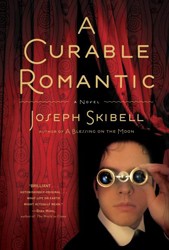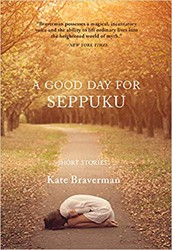Mark Helprin’s In Sunlight and in Shadow is an ode to post-war New York City and the incomparable ecstasy of finding one’s true love. Helprin has an uncanny ability to observe and describe the most mundane objects and experiences and spin them into prose. His words paint vivid images of characters, who almost consistently fail to follow conventional stereotypes. Yet, at over 700 pages, the book demands a commitment of time that not all readers may be willing to undertake.
At its core, In Sunlight and in Shadow is a love story, and a compelling love story it is. There is also the requisite parallel Jewish-man-gets-mixed-up-with-the-Mob subplot. The fact that the Jewish man, Harry Copeland, is a war hero is an integral part of the story line, as Helprin repeatedly weaves in flashbacks of Harry’s experiences as a paratrooper in the War. Although it is clear that Helprin has made the War a character in itself, and a seminal experience in Harry’s life, the narrative about the War is often ponderous and overwritten — it is during such points in the novel that the reader may be inclined to put the book aside. To do so, however, would be a mistake.
The lyrical and compelling language of the novel manages to overshadow a highly improbable love story. Catherine Hale is an heiress with seemingly impeccable bloodlines. Although an Ivy league graduate, Harry is not in her league. Yet, their love manages to transcend societal vagaries and even finds favor with Catherine’s upper crust parents.
There are several themes, prevalent in 1940s America, incorporated into the novel. Racism, anti-Semitism, and social mores all play a role in the story. Although Helprin, at times, waxes preachy about these issues, they are a minor distraction only. In Sunlight and in Shadow proves to be not only a literary pleasure, but a full sensory delight.




